In 1985, the beer landscape was very, very different. About the only really interesting American beers to be found in Houston at the time were from Anchor and another Californian, Sierra Nevada. Sam Adams had just been released in Boston that year. There was not even a decent beer brewed in the entire state of Texas. All of this was reflected in the number of taps at The Ginger Man, which were less than a third of what they would later become. Those two dozen or so taps were mostly for British and German beers, which were much more readily found those days.
This very different new bar, one centered on beer that wasn’t lightly flavored American lager, generated interest a couple thousand miles away from the father of the nascent microbrewery movement. The Ginger Man’s founder Bob Precious relayed: “Fritz Maytag sent four of his top guys over from Anchor Brewing in San Francisco with, for the first time anywhere, all of the beer he was making on draught (five types). They hung out for days and became part of the scene… and when they returned to San Francisco we heard that they told anyone who would listen that there was something going on down in Houston that was new and probably a little insane.”
The Ginger Man in the mid-1980s was then something truly unique in this country. “We had about 25 taps by mid '86. Better beer history minds than mine tell me that would make it the first in the country, if not the world,” Precious recounted. It matured quickly from there, adding taps and labels.
Those five Anchor draft beers that Precious referenced were actually just three to start (thanks to Brock and Chris, who both know much more about beer than I, for the correction): Liberty Ale, Anchor Porter and the Old Foghorn Ale, “without question one of the world’s great barley wines” according famed beer writer Michael Jackson. Later, during the holiday seasons, The Ginger Man would have a kegs of its Christmas Ale not just from the current release but one from the previous year or two, with the strong initial resin flavors of those having mellowed and the beers still in excellent condition. Throughout the calendar, for a some time, the bar poured A Foggy Night in Sierra, a straightforward beer cocktail – a healthy squeeze from a lemon in the glass that was then filled about a quarter the way with Old Foghorn and then finished with Sierra Nevada Pale Ale – that proved to be an beguiling, flavorful mixture that was both fairly potent and overly easy to drink.
The relationship between Anchor and The Ginger Man would continue for a while. A few years after the initial trip, when my friend Steve Black was a manager, I met a well seasoned Anchor representative making a lengthier-than-typical marketing stopover. That busy night, he had assured the quality of an impressive number their beers there, including more than one Old Foghorn, and continued to sample some more. The Anchor folks appeared to really appreciate The Ginger Man. And I know there were regular visits from the brewery after that. It seemed to be mutually useful and very enjoyable bond while it lasted.
Now, both trailblazers are no more.
Justin Sullivan, Getty Images
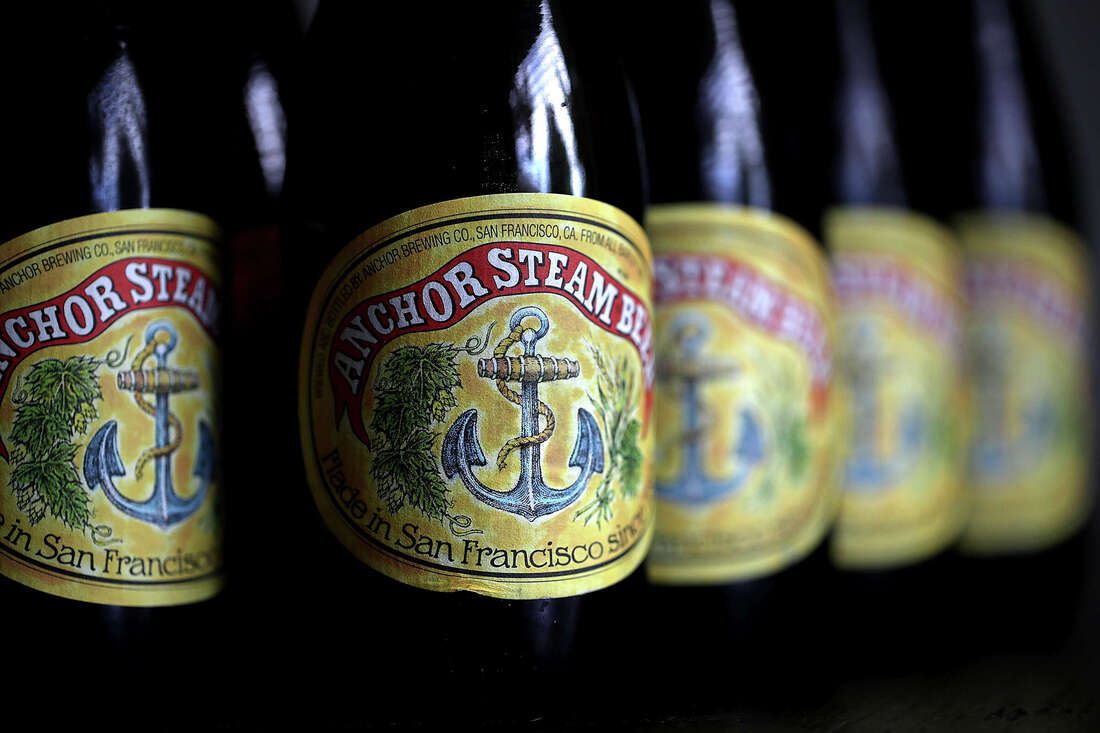
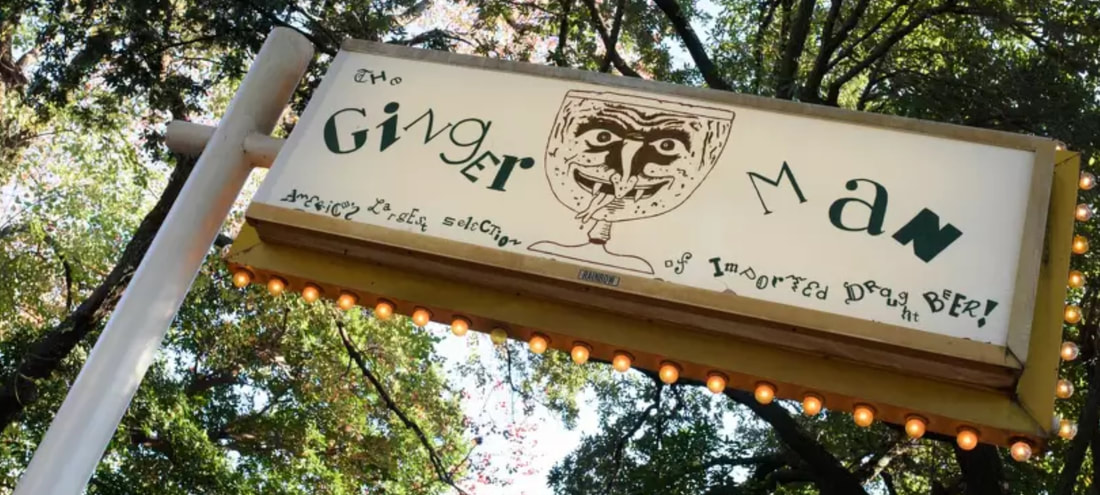
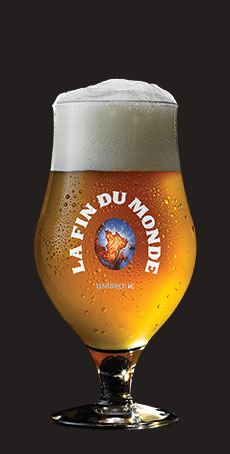
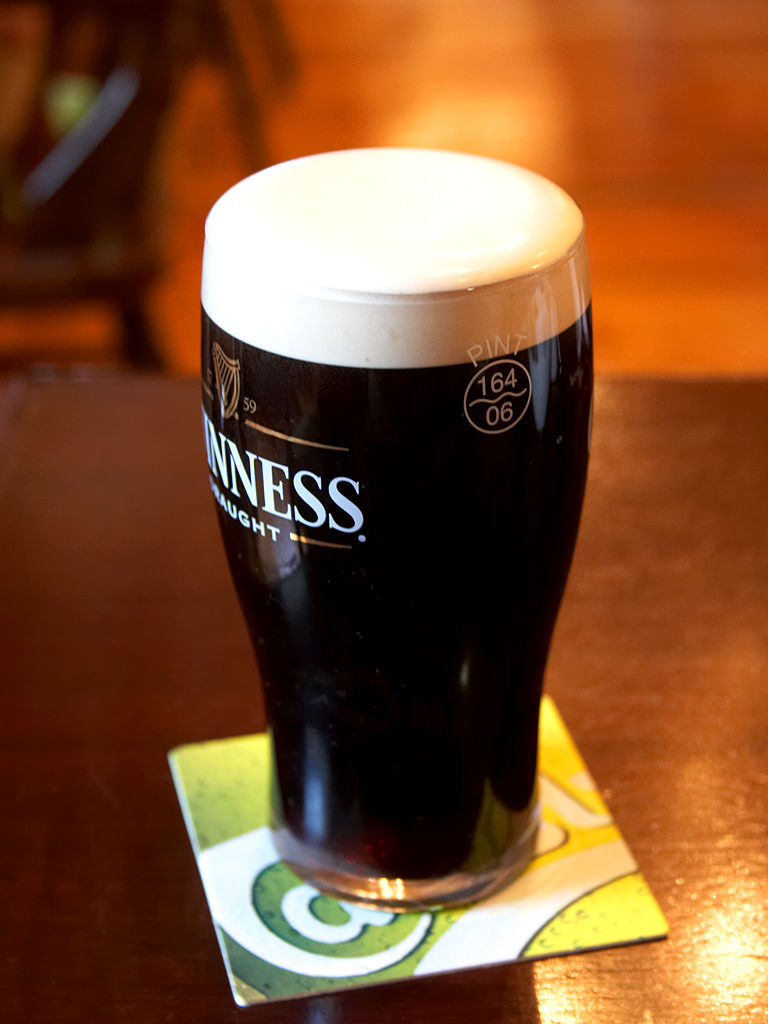
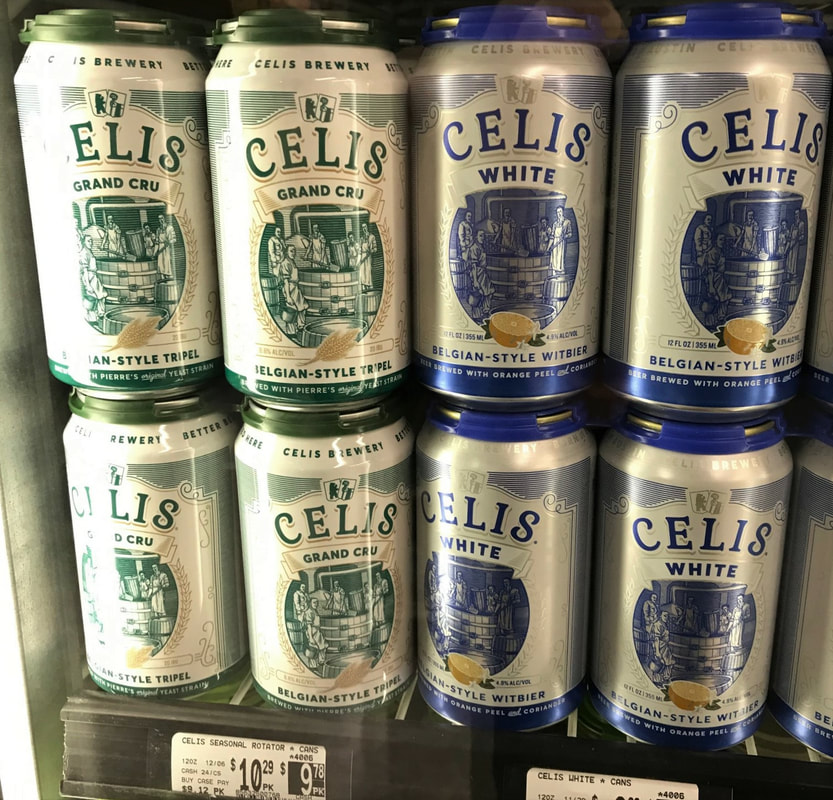
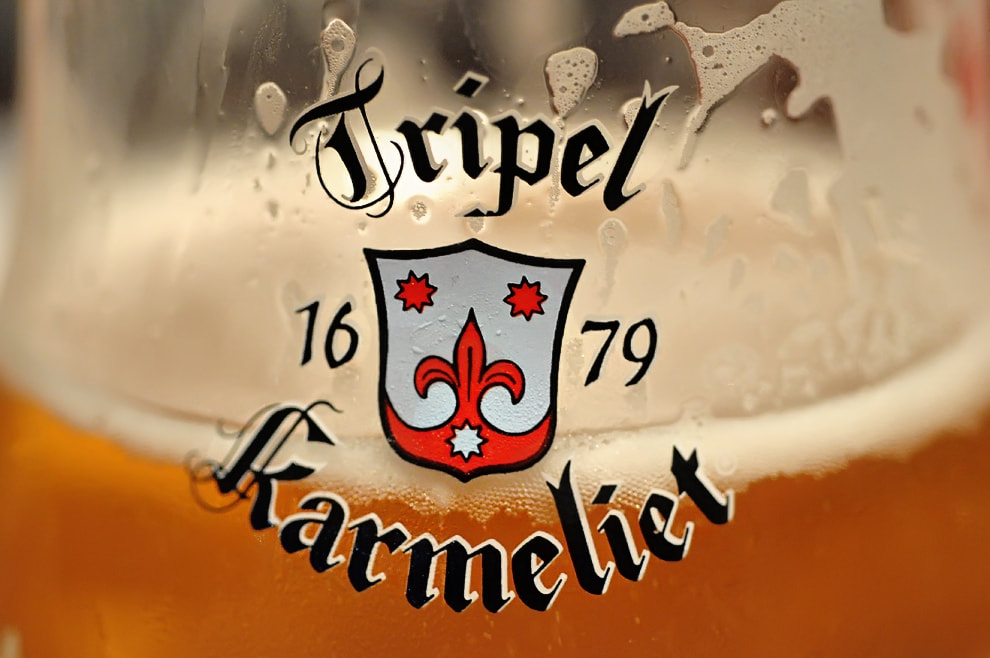
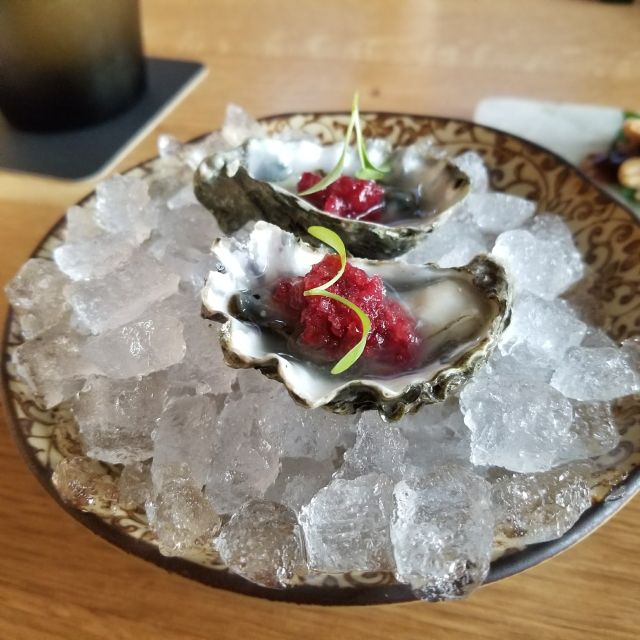
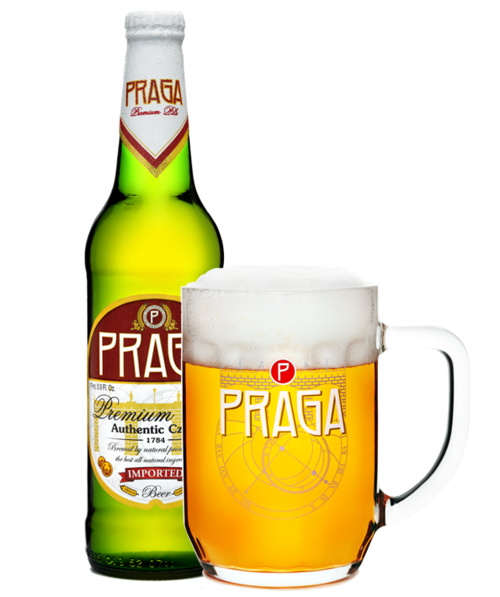
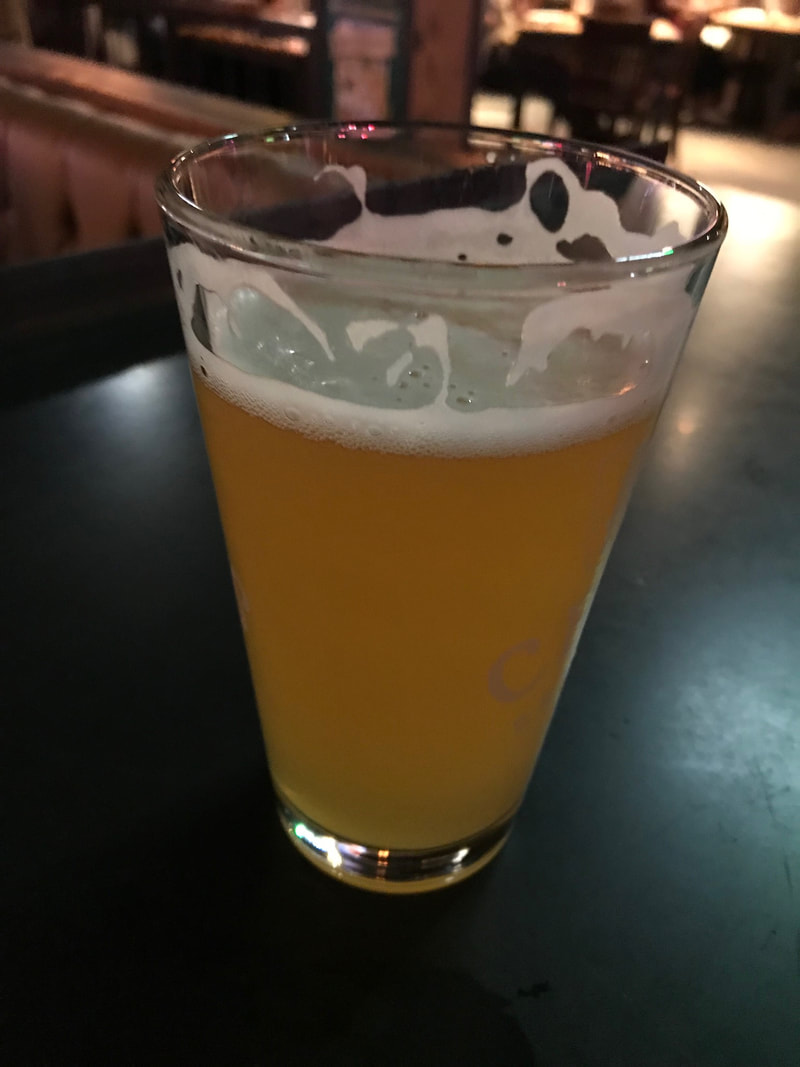
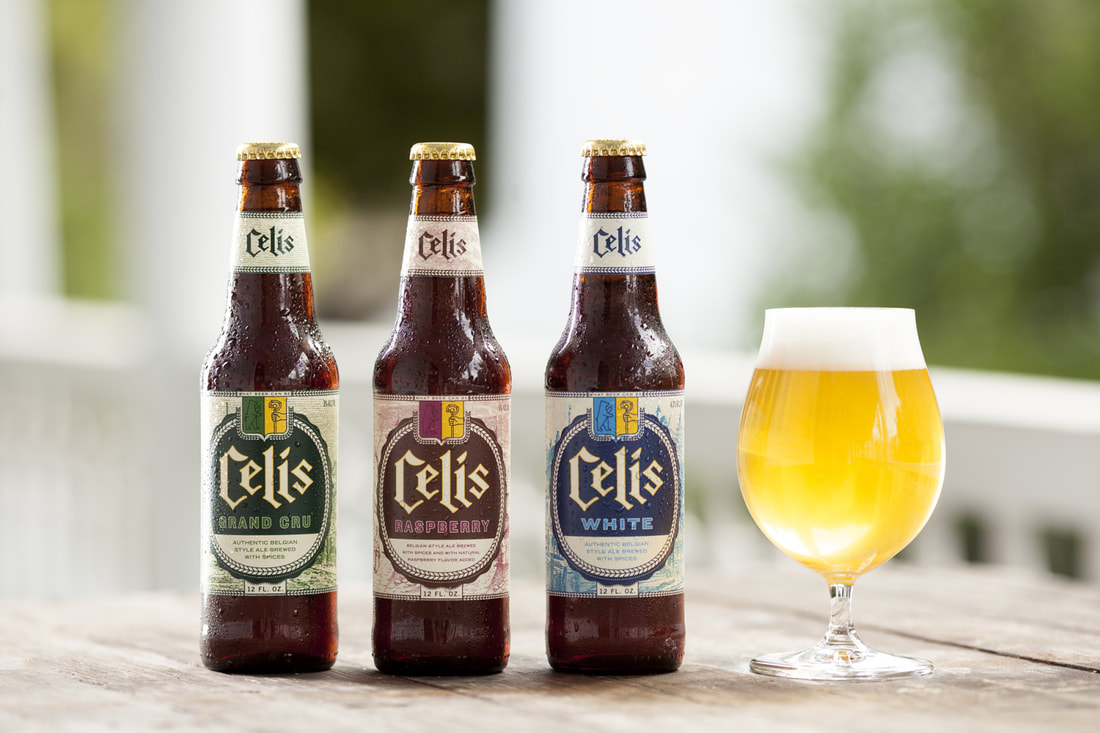

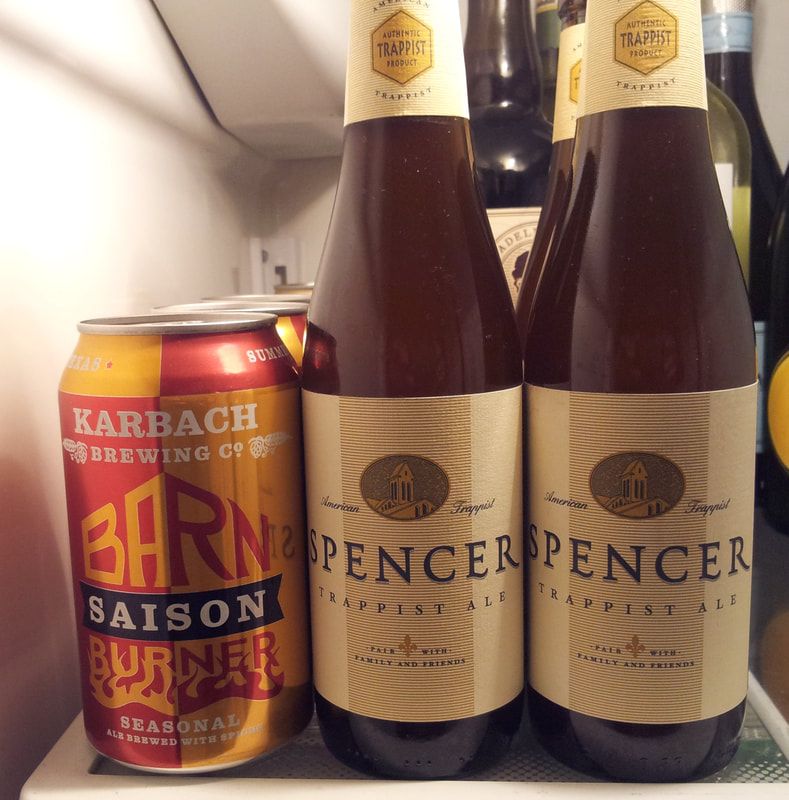
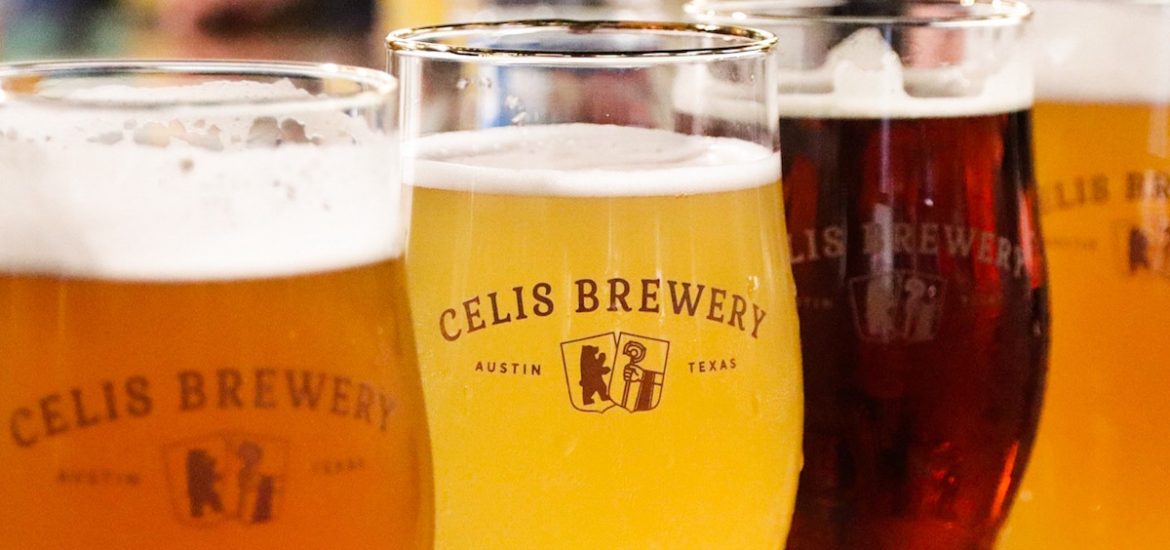
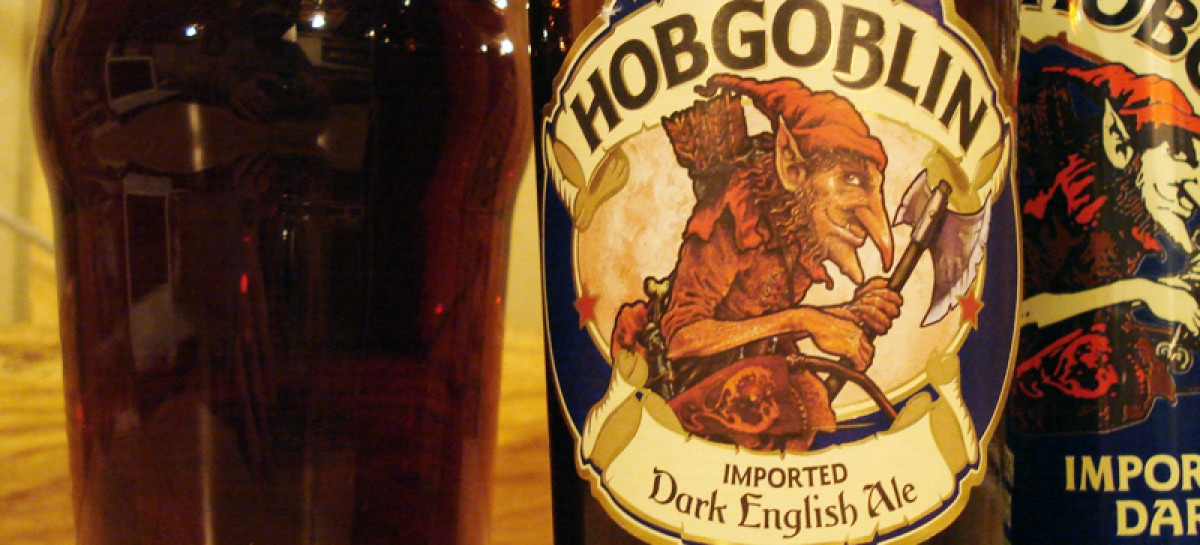
 RSS Feed
RSS Feed

